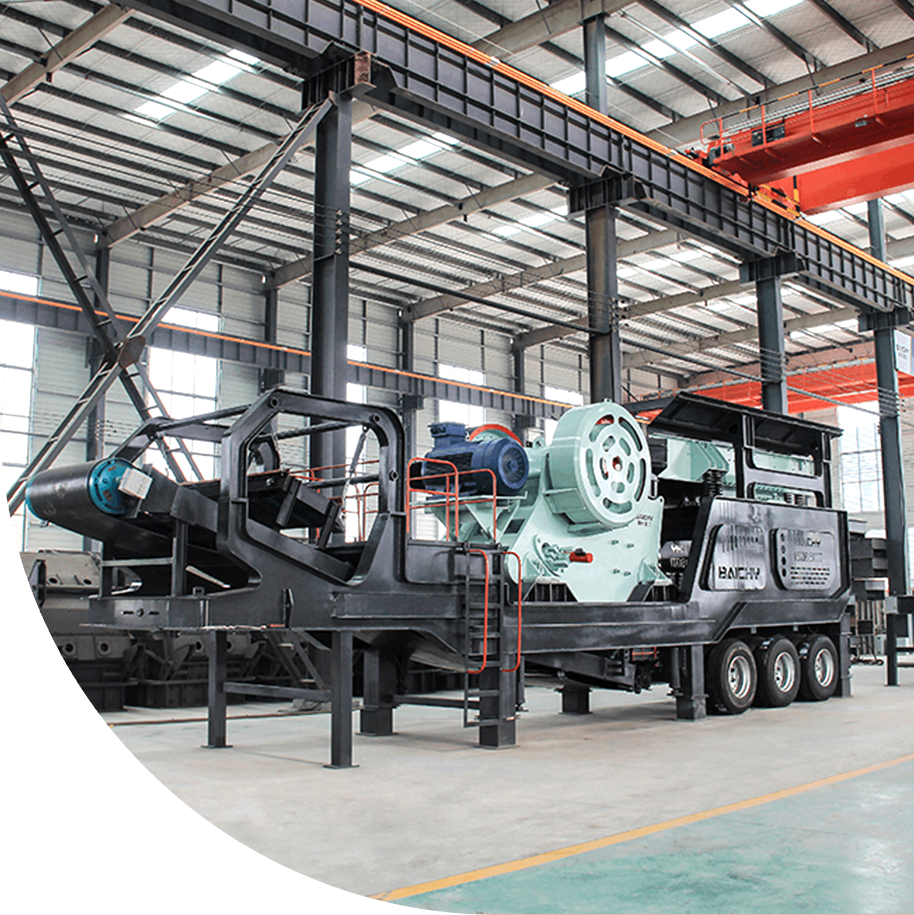



Vertical Roller Mill (VRM) is an industrial grinding equipment with a vertical layout. Through the rolling action between the grinding roller and the rotating grinding disc, solid materials such as ore, cement raw materials, slag, etc., are crushed to the required fineness. Its core principle is "material layer grinding". Combined with airflow sorting technology, it has the characteristics of high efficiency and energy saving, strong adaptability, and good environmental protection. It is widely used in cement, metallurgy, power, and chemical industries.
The structural design of the vertical roller mill revolves around efficient grinding and modular maintenance. The main components and their characteristics are as follows:
• Vertical arrangement: The grinding disc rotates horizontally, and the grinding rollers are distributed vertically and symmetrically. The vertical structure reduces the floor space and is suitable for plants with limited space.
• Integrated shell: The overall sealing design reduces dust leakage while integrating the airflow channel and material conveying path to improve the system's tightness.
• Grinding Table:
A horizontally rotating circular disk with a corrugated or grooved surface to enhance the shear force on the material.
The material is made of high-chromium cast iron or composite wear-resistant material to extend the service life.
• Grinding Rollers:
Multiple rollers (usually 2 to 6) are symmetrically distributed around the center of the grinding table, and pressure is applied by a hydraulic system or spring.
The roller surface is welded with a wear-resistant layer or inlaid with hard alloy to adapt to the grinding of high-hardness materials.
• Pressure regulation system:
The hydraulic device dynamically adjusts the grinding pressure of the grinding roller on the material to balance the grinding efficiency and equipment wear.

Cement grinding production line
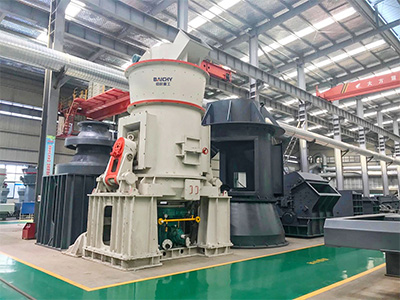
Vertical Roller Mill
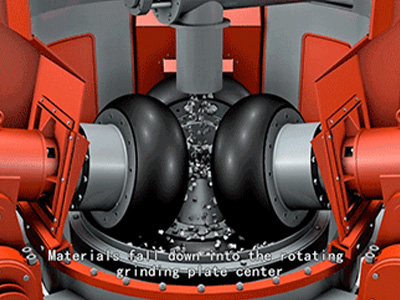
The VRM is grinding material
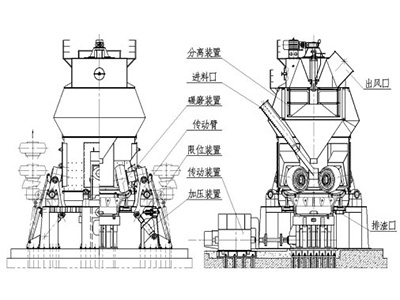
Vertical mill structure diagram
Vertical roller mill (VRM) can process a variety of solid materials with its high-efficiency grinding, strong adaptability, energy saving, and environmental protection, covering cement, metallurgy, power, chemical industry, and other industrial fields.
• Cement raw materials: mixed raw materials such as limestone, clay, sandstone, iron ore, etc., ground to 80~100μm for calcining clinker.
• Cement clinker: mixed with gypsum and ground to make finished cement (fineness of about 300-450m²/kg specific surface area).
• Slag/fly ash: blast furnace slag, steel slag, fly ash, and other industrial waste residues, ground into micro powder (specific surface area ≥420m²/kg), as a cement admixture or concrete additive.
• Metal ore: iron ore, copper ore, nickel ore, etc., ground to a fineness suitable for mineral processing or smelting.
• Metallurgical slag: blast furnace slag, steel slag, copper slag, etc., are used for resource utilization through grinding (such as slag powder for building materials).
• Metal oxides: aluminum oxide, zinc oxide, etc., are used to prepare fine chemical raw materials or refractory materials.
• Calcium carbonate: heavy calcium (calcite), light calcium (limestone), ground to 600~2500 mesh, used in plastics, coatings, papermaking, and other industries.
• Quartz/silica sand: Grind to high-purity silicon powder (used for photovoltaic glass, electronic packaging materials).
• Benzonite/kaolin: Prepare drilling mud, ceramic raw materials or catalyst carriers.

Saving 40% -50% power consumption compared to ball mill. the grinding roller grinding table does not direct contact during the grinding process, so the noise of the whole system is low.
It integrates crushing, drying, grinding, powder selection, and conveying into one, with a simple process flow and compact layout; Small footprint, can be arranged in the open air, low construction cost.
The product has a narrow particle size distribution, uniform particle shape, and good fluidity. Grinding roller bearings are lubricated with forced thin oil, which longer bearing life.
Adopt a fully automatic control system, that can realize remote control, easy to operate.
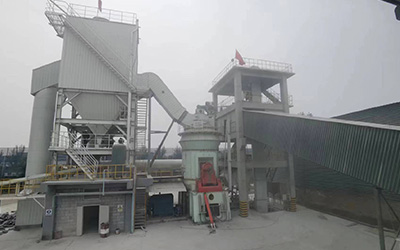
The vertical rolling mill has two pairs of grinding rollers. Each pair of the roller is composed of two narrow rollers mounted on the same axis and can rotate at different speeds. The motor driving reducer makes the grinding plate rotate. The raw material is sent to the center of the rotating grinding plate by the locking air feeding equipment. Under the action of centrifugal force, the material moves to the surrounding area of the grinding plate and enters the grinding roller slide. Under the action of roller pressure, the material is crushed by extrusion, grinding, and shearing. At the same time, the ground material is flowed by hot air upward from the wind ring. The coarse granularity will be back to the mill to regrind and suspended material will be dried. Fine powder following hot air is taken to the classifier system. Qualified powder enters the powder collector with airflow as finished products. Unqualified powder falls to be regrinded with new feeding material together. This cycle is continuous to complete the whole grinding process.

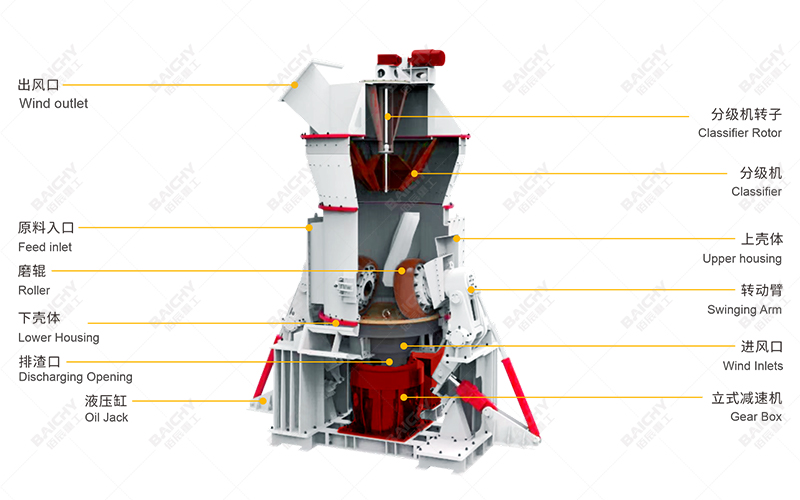
| Model | Grinding table dia.(mm) | Max feeding size(mm) | Discharge size(um) | Discharge size(mesh) | Air-in tempreture(℃) | Air-out tempreture(℃) | Input material moisture | Final moisture | Capacity(t/h) | Motor Power(kw) |
| SRM1300 | 1300 | ≤38 | 212-45 | 70-325 | ≤350 | 70-95 | 4-15% | ≤1% | 10-35 | 185-250 |
| SRM1500 | 1500 | ≤38 | 212-45 | 70-325 | ≤350 | 70-95 | 4-15% | ≤1% | 13-48 | 250-355 |
| SRM1700 | 1300 | ≤38 | 212-45 | 70-325 | ≤350 | 70-95 | 4-15% | ≤1% | 18-68 | 355-600 |
| SRM1900 | 1900 | ≤38 | 212-45 | 70-325 | ≤350 | 70-95 | 4-15% | ≤1% | 23-85 | 450-600 |
| SRM2200 | 2200 | ≤38 | 212-45 | 70-325 | ≤350 | 70-95 | 4-15% | ≤1% | 36-135 | 710-1000 |
• Uneven feeding: The material layer is too thin or too thick, resulting in unstable grinding.
• Wear of grinding roller or grinding disc: Uneven wear destroys the balance, and the wear parts need to be checked and replaced.
• Foreign matter intrusion: Hard objects such as metal blocks are stuck in the grinding roller, which needs to be cleaned and iron removal measures strengthened.
• Loose foundation: The anchor bolts or shock absorbers fail and need to be tightened or repaired.
• Adjust the speed of the classifier: Increasing the speed can increase the separation efficiency of fine powder.
• Check the air volume and air pressure: Ensure that the system air volume matches to avoid coarse particles being carried out.
• Grinding roller pressure adjustment: Increase the pressure appropriately (but avoid excessive energy consumption).
• Check the powder selector blades: Wear or deformation will affect the classification accuracy.
• Poor lubrication: Check the amount and quality of lubricating oil, and replace or replenish it in time.
• Seal failure: Dust enters the bearing, and the seal needs to be cleaned and replaced.
• Excessive load: Adjust the roller pressure to a reasonable range.
• Cooling system failure: Check whether the water circuit or oil cooler is blocked.
• Feeding system: Whether it is blocked or the feeding amount is insufficient.
• Grinding disc/roller wear:Excessive wear leads to reduced grinding efficiency.
• Abnormal wind speed of the wind ring: Wind ring blockage or fan failure affects material circulation.
• Changes in material properties: If there are large differences in moisture and hardness, process parameters need to be adjusted.
• Check the sealing device: Replace the worn roller seal or shell flange seal. Adjust system negative pressure: Ensure that the fan negative pressure is sufficient to avoid positive pressure powder leakage.
• Repair shell cracks: Weld or repair the damaged parts of the mill shell.
• Control the feed amount: Excessive feeding may cause the airflow to carry dust and overflow.
If you need further information,please fill in your questions and comments in the form below.
Representatives from Baichy machinery will be back to you within the hour,thanking you for your support to Baichy machinery


